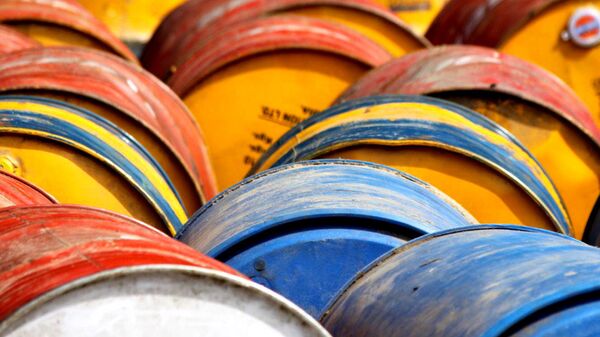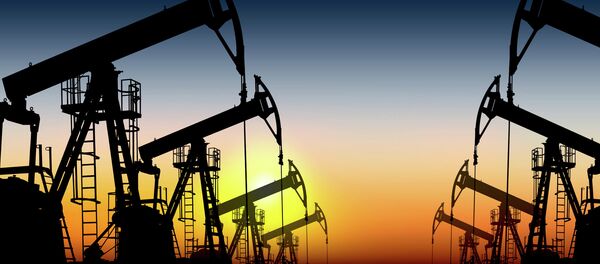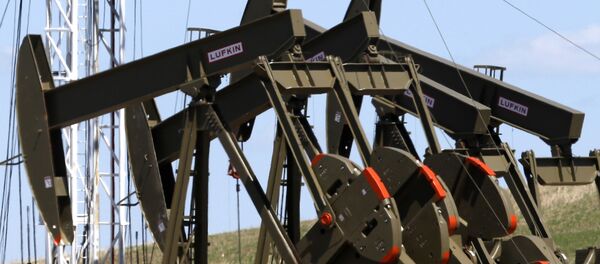Moreover, the entire petroleum industry was determined by the three most quoted crude grades – North America’s West Texas Intermediate (WTI), North Sea Brent, and the UAE Dubai Crude. They are different in density as well as sulfur content.
Brent crude is in fact a blend of different oil grades produced at shelf oil fields. It is a light crude oil. Brent contains approximately 0.37 percent of sulfur, though it is not as light as WTI. It is also classified as sweet crude. Brent is best suitable for production of petrol and diesel fuel, and is highly valuable.
Brent became a major price benchmark for the industry thanks to the presence of several reliable suppliers and its popularity among consumers and refiners. Since the 2010s, it has been a barometer for the pricing of 70 percent of other crude grades.
Russia’s Urals entered the global market in the 1970s and is cheaper than Brent due to its higher density and higher sulfur content (up to three percent). Urals is exported via sea ports as well as the Druzhba pipeline. This limits its market and prevents Urals from turning into a benchmark grade.
Like dollar or gold, oil is one of the most powerful leverages in the global economy. The current drop in oil prices was provoked by several factors, including a significant economic downturn in the world’s biggest oil consumers, particularly China, as well the boom of shale oil production in the US.
After Americans adopted hydraulic fracturing (fracking) technologies global oil prices significantly dropped.
Hydraulic fracturing is very controversial in many countries and harshly criticized, especially by environmental activists. It endangers the earth’s climate with the potent greenhouse gas methane. Its other potential environmental impacts include risks of ground water contamination, air pollution, and potentially triggering earthquakes. Following a wave of anti-fracking protests, the technology was banned in Germany, France, and Bulgaria as well as in some US states.
"The more oil companies frack, the more contaminated wastewater they produce, and that dangerous waste is polluting our water and putting large parts of our country on shaky ground," the Center For Biological Diversity Climate Media Director Patrick Sullivan told Sputnik.
Despite its high production and environmental costs (minimal shale oil production cost is $30 a barrel), it sparked a boom in the US petroleum industry. Production of light shale crude jumped to 2.3 million barrels daily in 2013, and in early-2014 topped 3.5 million, or 4.3 percent of global oil production. The entire world, primarily largest material exporters, called it a "shale revolution" in the US. At the same time, the US was suspected of making efforts to change the balance of the global oil market. Arab oil producers began increasing output to drop prices and squeeze US shale oil producers from the market.
Oil prices would go up, experts say, since oil is still one of the main energy resources. But no one can predict when "oil wars" will come to an end. What is more, the Chinese economy may not start recovering in the near future.






